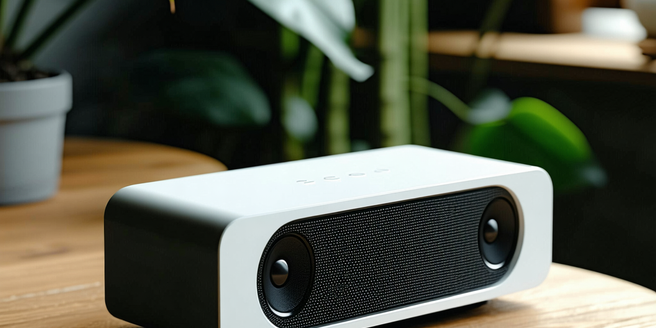Comprehensive Review: Eco-friendly Wireless Earbuds

The Rise of Eco-friendly Technology in Audio Devices
The shift towards eco-friendly technology in audio devices represents an essential movement in sustainable electronics. Eco-conscious consumers increasingly demand audio solutions that minimize environmental impact, prompting manufacturers to innovate. Brands are integrating recyclable materials, reducing e-waste, and optimizing energy efficiency without compromising quality. This evolution is not merely about the materials used but encompasses a holistic approach to the product lifecycle, from development through post-consumer disposal. By focusing on durability and the ability to recycle, companies are meeting consumer demands while also striving for a smaller carbon footprint. The rise of these technologies is paving the way for a more sustainable future, aligning high-tech innovation with environmental responsibility, and appealing to a growing base of eco-conscious audio enthusiasts.
Material Innovations in Sustainable Earbuds
Recent years have seen significant advancements in the materials used for manufacturing sustainable earbuds. Companies are now incorporating bioplastics, recycled metals, and organic compounds into design processes. This shift addresses both aesthetic and environmental concerns, offering products that not only look and feel great but are also more planet-friendly. These materials are selected for their ability to withstand wear and tear, ensuring product longevity and reducing the frequency of replacements. By focusing on renewable and biodegradable resources, manufacturers aim to minimize the ecological impact of discarded audio devices. The market is responding positively, with consumers prioritizing purchases that contribute to a circular economy, thus fueling further innovation in sustainable materials and practices in the audio industry.
Performance and Sound Quality Analysis
Despite the eco-friendly focus, modern sustainable earbuds exhibit outstanding performance and sound quality. Traditional concerns about sacrificing audio fidelity in favor of ecological benefits are being addressed with innovative technology. High-quality drivers and advanced signal processing ensure an immersive audio experience, with deep bass and crisp highs. These earbuds often feature noise-cancellation technology, enhancing sound clarity even in bustling environments. Brand engineers are dedicated to refining acoustic performance, optimizing design for clearer sound reproduction while maintaining sustainable practices. In recognition of these advancements, consumers are increasingly inclined to choose products that are both eco-conscious and deliver exceptional sound. As a result, eco-friendly earbuds today offer audiophile-grade sound, proving that environmental responsibility and premium audio performance are not mutually exclusive but rather can be harmoniously integrated.
Battery Life and Charging Efficiency
Advancements in eco-friendly earbuds extend beyond materials and sound, focusing heavily on battery life and charging efficiency. These technological improvements are driven by a desire to reduce environmental impact. The latest models incorporate extended battery solutions, allowing prolonged usage with reduced charge times. Innovations include solar-powered options and optimized power management systems that conserve energy without sacrificing performance. Notably, some brands have started utilizing biodegradable materials in their earbud components. These features contribute to lower electricity consumption and extended product lifespan. Charging cases made from sustainable materials provide additional convenience while highlighting environmental consciousness. This commitment to energy efficiency resonates with consumers who are increasingly mindful of their ecological footprints, showcasing how sustainable technology can enhance user experience while promoting environmental stewardship.
Comparative Review: Price vs. Features
Eco-friendly wireless earbuds are becoming competitive in terms of price and features, making them an appealing option for a wide range of consumers. While initially considered a niche market, these products now offer advanced features like active noise cancellation, touch controls, and voice assistance at competitive prices. Cost may still be a consideration for some, but long-term value is evident when factoring in product durability and reduced environmental harm. Manufacturers are keen to offer value-packed products that align sustainable practices with technical innovation. As the market for eco-friendly earbuds grows, consumers can expect even more competitive pricing and options that don’t require a trade-off between cost, performance, and sustainability, making eco-conscious choices accessible to a broader audience.